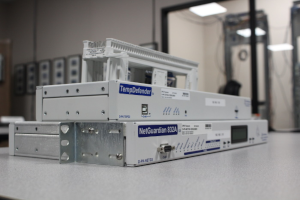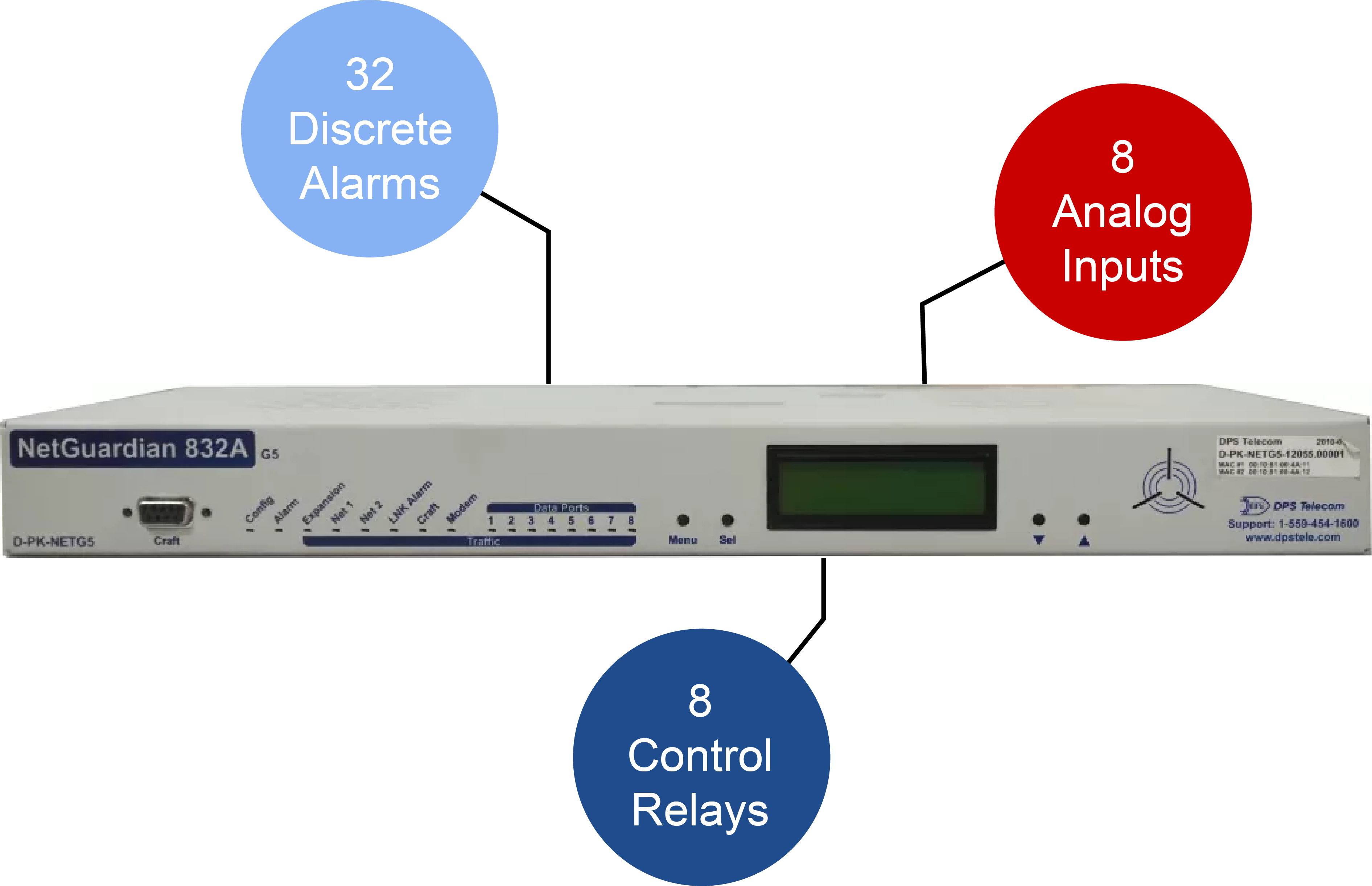Check out our White Paper Series!
A complete library of helpful advice and survival guides for every aspect of system monitoring and control.
1-800-693-0351
Have a specific question? Ask our team of expert engineers and get a specific answer!
Sign up for the next DPS Factory Training!

Whether you're new to our equipment or you've used it for years, DPS factory training is the best way to get more from your monitoring.
Reserve Your Seat TodayMost remote sites with important equipment demand a solid Remote Telemetry Unit (RTU) to keep things running smoothly. Consider the important role your network plays-and everyone it serves. It's not just about meeting your immediate needs. You have to protect against equipment failure, overheating, security threats, and all the other problems that can happen at any remote site.
When you're making a substantial investment-like an RTU, you need to get it right the first time. An RTU isn't a disposable tool. It impacts your operational continuity, cost efficiency, and network reliability for years-sometimes decades. That's why it's vital to carefully evaluate any RTU before a full-scale purchase.

If you've ever worked on a project where you have to explore your equipment options, you know how scary it can be to decide on a device without being confident in its abilities. Testing and evaluating an RTU before making the full-on commitment can be the difference between a future of successful monitoring and a future disaster.
So, how do you conduct a thorough evaluation of an RTU? Let's walk through nine practical evaluation methods and considerations that will help you make the most informed decision possible - and avoid getting stuck with ineffective gear.
Sometimes, you want a simple, direct way to test an RTU in a real-world environment. A manufacturer's money-back guarantee is a straightforward but incredibly effective option.
A money-back guarantee option gives you real-world testing without a permanent commitment. It's a win-win.
Bureaucracy can slow everything down-especially in large organizations. If you find your procurement process too troublesome, a loaner agreement is the perfect workaround.
If the RTU works great, you move forward with the equipment. If not, you return it-no harm, no foul.
For larger networks and rollouts, you might need a deeper level of customization and support. That's where a field trial comes in.
A field trial provides unparalleled insight into an RTU's performance under your specific conditions. This is incredibly valuable for large-scale implementations.
Before you even evaluate a single RTU, consulting with industry experts can save you time and money. They can provide:
Before having any RTU in hand, consider attending a virtual demonstration or manufacturer webinar.
These virtual sessions can be a big time-saver and help you skip right to the strongest contenders. Save yourself time on research and ask a human your questions instead.
So you have your hands on a potential RTU and maybe you used one of the methods above to get it. Now it's time for performance benchmark tests.
When you rely on hard data instead of gut instinct, you'll be more confident in your final purchase decision.
Your network might not stay the same size forever. In fact, growth is often the norm. That's why considering scalability matters.
No one wants to invest in a system they'll have to replace two years down the line. Plan ahead for evolving needs to avoid unnecessary replacement costs.
We're living in an era of increasing cyber threats. Any device on your network can be a potential entry point, so solid security is a non-negotiable feature - especially if you have to meet specific requirements like NERC and FERC.
You can't leave security to chance. Make sure your RTU is built to resist modern cyber threats.
Finally, an RTU designed for moderate climates might fail in extreme environments. Perform environmental compatibility testing if you have sites that undergo harsh conditions.
An RTU that doesn't handle your environment is a risk you don't want to take.
Evaluating an RTU before committing to a full purchase might feel like an extra step-and it is. However, it's a step that pays huge dividends in network uptime, cost savings, and peace of mind.
If you're considering an RTU and want to learn more about any of these evaluation methods, we're here to help. With years of experience manufacturing remote monitoring gear, we have industry insights that can help you make the right choice.
Just give me a call at 559-454-1600 or shoot an email to sales@dpstele.com.
I'll walk you through specific examples, answer any questions, and help you determine which RTU-and which evaluation approach-makes the most sense for you.
Remember: Choosing the right RTU is more than a purchase; it's an investment in the reliability and efficiency of your network.

Andrew Erickson
Andrew Erickson is an Application Engineer at DPS Telecom, a manufacturer of semi-custom remote alarm monitoring systems based in Fresno, California. Andrew brings more than 18 years of experience building site monitoring solutions, developing intuitive user interfaces and documentation, and opt...